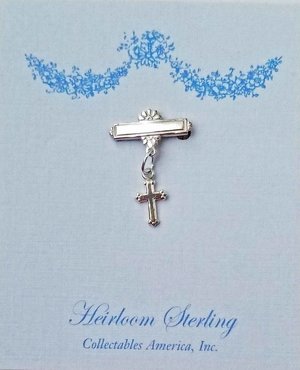Easter is a special time of year. Spring flowers are blooming and the weather is getting warmer. Here in the deep south, mothers start planning Easter outfits for their children in January. The design is sketched then laces and fabrics are selected. Planning Easter outfits usually take days not just hours. Magazines and Pinterest are looked at for ideas and details. After a style is decided on then you find a pattern for the style of the dress for girls and shirt/pants pattern for boys. In this article we will talk about a girl's dress. Child measurements are taken to ensure a good fit for the garment. It is also a good idea to measure a garment that fits the child well. After a style and pattern are selected, then mothers need to look at fabrics and laces.
After the style and design of the dress are decided, the lace and type of fabric are selected. French Valiennces lace is available in basically three colors: white, ivory, and ecru. For this dress, the mother selected white fabric and ecru lace. I used white Imperial Batiste by Spechler Vogel for the dress laces from Capitol Imports. The laces came in white and I dyed them with coffee, water, and set the dye with vinegar. There is a tutorial on how I dyed the lace HERE.
Let's talk about fabrics used on heirloom quality garments. Purists will say only 100% cotton or 100% linen fabrics should be used. When "french sewing" was done entirely by hand (more on that in a following paragraph), 100% cotton or linen fabrics needed to be used in order to roll and whip the fabric by hand. Today most French Sewing techniques are done on a sewing machine and you can achieve a similar look using a polyester/cotton blend of fabric. I have garments I made 25 years ago with a quality polyester/cotton batiste and they look just as nice as they did when they were originally made. I will talk more about storing heirloom garments in another post. 100% cotton Swiss Batiste and Linen are still my favorite fabrics to work with when making heirloom garments.
After all the decisions have been made, construction begins. When you first look at a dress this complicated, you might ask, "Where do I start?". Construction of the dress is sewn in steps. I like to make the fancy bands first. This dress has bands of lace insertion and bands of pin tucks. After decided the width of the dress, I carefully measured the lace needed for the bands and cut them. Width of the shirt of the dress is determined by size of the child.
The lace bands are sewn together using a method called Machine French Sewing. Hand French Sewing is done by hand with a needle and thread. Laces were pinned to a piece and sewn together with tiny delicate whipped stitches. Most outfits today and sewn using a sewing machine but the stitches are designed to mimic hand sewing. If you have an old garment sewn entirely by hand, you have a true treasure. In Machine French Sewing, you use a tiny narrow zigzag stitch to sew the lace pieces together. Care is taken not to stretch the lace.
For this dress, I stitched the selections in the following order:
Lace bands
Tuck bands
Skirt Ruffle
Sleeves
Front and back yoke
After all the sections are made, I lay them out on my grid pad and measure to see how deep to cut the fabric skirt piece. I wish I had thought to take a picture of the layout. As a general rule, you want the fabric piece to be at no less than 1/3 of the skirt length. Then the sections are now stitched together. The front and back yokes were made larger than needed and a "grow" tucked was added. The "grow" tuck was stitched with hand stitching so it can be easily taken out the next year and the child can wear the dress another year. Heirloom style dresses are very expensive to made and mother's want to get as much wear as possible. The lace around the yokes were gathered and stitched on my hand. Ribbon was run through the lace beading and tacked down by hand.
A matching slip was made and used under the dress.
Here are close-up pictures of the front and back of the dress:
Skirt Detail
Skirt and Band Detail
Sleeve Detail
Dress Front
These beautiful garments are not only used for special occasions like Easter and weddings but are also worn for portraits.
Here is a picture of the gorgeous little girl wearing the dress. She is adorable and loved her "fancy dress".
























